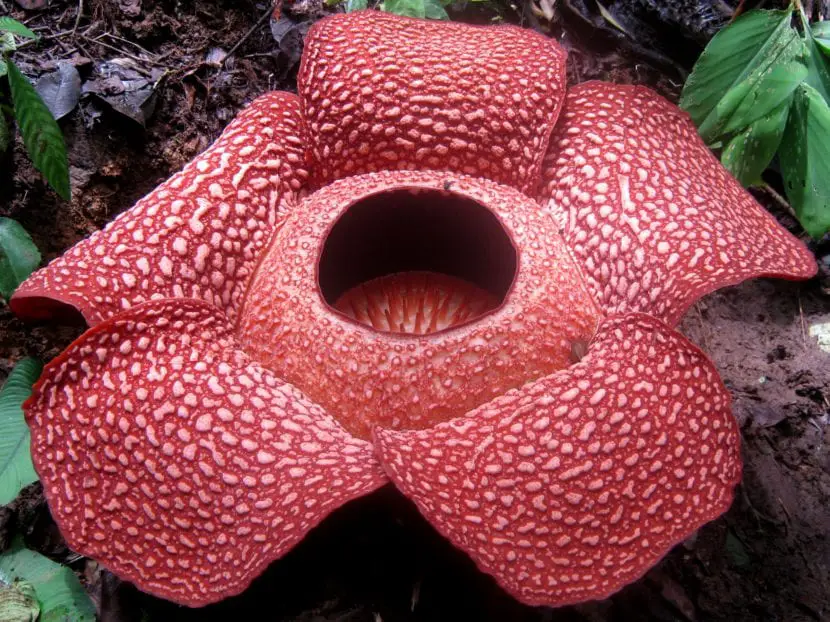

In the forests, jungles and jungles there is a great variety of plants. Trees, shrubs, vines, and flowers that do what they can to absorb the amount of sunlight they need. Most of them do not do much harm to their companions, beyond the natural struggle to get nutrients and water from the soil; but there are others who take advantage of the effort of these plants in order to survive. Are the calls parasitic plants.
There are many more than you might expect. In fact, it is estimated that there are at least 4100 species in approximately 19 angiosperm families. But, what are their characteristics?
What are parasitic plants?


Is plants that obtain some or all of the nutrients they need for their development from another plant. They are characterized by having a modified root, which is known as haustorium, which penetrates the host plant and connects it with its xylem (lignified plant tissue that conducts the sap and supports the plant), phloem (conductive tissue responsible for the transport of organic nutrients and inorganic), or both.
There are several types of parasitism:
- Obligate parasite: it is a plant that needs its host to survive.
- Facultative parasite: it is a plant that could survive independently of its host-
- Stem parasite: it is a plant that attaches itself to the stem of the host.
- Root parasite: it is a plant that attaches itself to the root of the host.
- Holoparasite: it is a plant that parasitizes on other plants since it does not have chlorophyll.
- Hemiparasite: it is a plant that under natural conditions behaves like a parasite, but can also photosynthesize to a certain degree.
Which are? Examples
Cassythe


They are parasitic plants native to Australia, but can also be found in Africa, southern Asia, northern South America, Central America, and Japan. They have very thin stems, yellow or orange. Having no chlorophyll, it takes advantage of its host for life.
Cuscuta


They are parasitic plants native to northeastern Europe and southern South America that they have thin stems with almost no leaves, yellow, orange or red in color.
Hydnora


They are holoparasitic plants with roots originating in the arid zones of Africa, Saudi Arabia and Madagascar. They grow underground, but a fleshy flower emerges from the ground that gives off an odor of feces to attract its pollinators: beetles.
Rhinanthus


They are facultative hemiparasitic plants with roots native to Europe and western Asia, which grow in mowing meadows, grassy fields and dunes.
Have you heard of parasitic plants? Do you know others?
